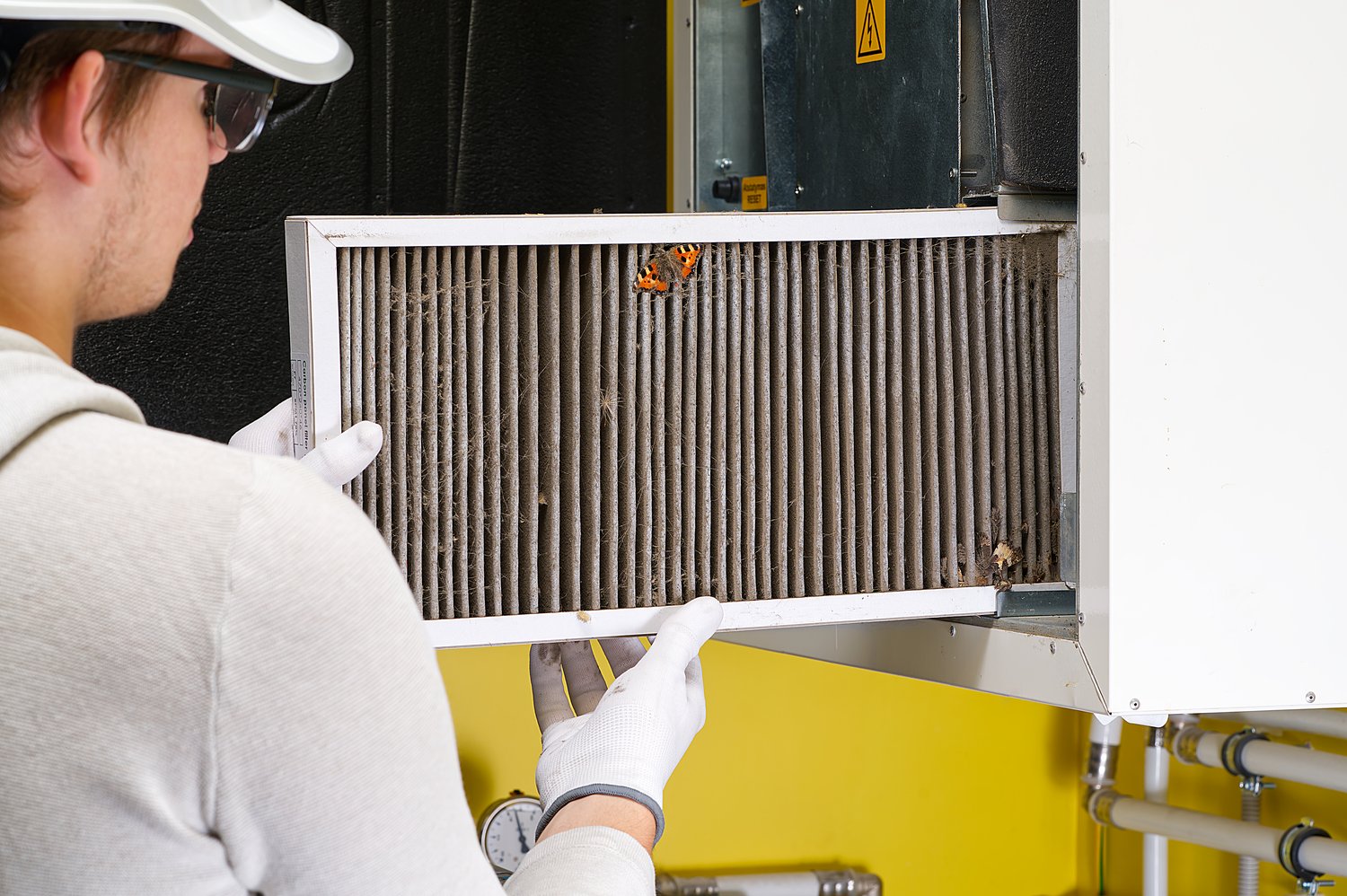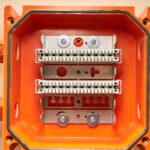Breathe easier and boost your home’s efficiency by mastering the art of HVAC filter replacement. With clean air and reduced energy costs on the line, understanding how to maintain your system is more crucial than ever. Let’s explore how this simple yet essential task can transform your home’s environment.
- Key Concepts and Benefits: Discover the transformative impact of routine HVAC filter maintenance on air quality and system performance.
- Selecting the Right Filter: Find out how to choose the perfect filter that caters to your specific HVAC system needs for optimal results.
- Step-by-Step Guide: Equip yourself with a clear, straightforward process to replace your HVAC filter safely and efficiently.
By diving into this guide, you’ll not only learn how to extend the life of your HVAC system but also enjoy the comfort of a healthier, more efficient home. Take the first step towards a cleaner, greener living space today.
Understanding the HVAC Filter Replacement Guide: Key Concepts and Benefits
Regular HVAC filter replacement is essential for maintaining optimal air quality and ensuring the efficiency of your heating and cooling systems. These filters play a crucial role in trapping dust, pollen, and other airborne particles, preventing them from circulating through your home. This contributes not only to a cleaner living environment but also to improved respiratory health for you and your family.
When filters are clogged or dirty, your HVAC system must work harder to circulate air, leading to increased energy consumption and higher utility bills. By staying proactive with filter changes, you enhance your system’s performance, reducing wear and tear over time. This can significantly extend the life span of your HVAC components, saving you money on potential repairs or replacements.
Beyond energy efficiency and cost savings, regular filter maintenance supports consistent indoor thermal comfort. By ensuring airflows freely, your system can regulate temperatures more effectively, providing a more comfortable experience year-round.
Identifying the Right HVAC Filter for Your System
Choosing the right HVAC filter is crucial for maximizing the benefits of your system. Filters come in various types, each designed to cater to specific needs and preferences. Here are some popular options:
Firstly, consider fiberglass filters, which are affordable and offer basic protection. They capture large particles and are suitable for those without severe allergies or sensitivities. However, they require more frequent changes.
Pleated filters are a more advanced option, offering enhanced filtration with a larger surface area that captures finer particles. They provide better air quality without compromising airflow, making them ideal for households with pets or individuals with allergies.
If you seek superior filtration performance, HEPA filters are the gold standard. They can capture up to 99.97% of particulate matter, including mold spores and bacteria. However, ensure your HVAC system is compatible, as these filters might restrict airflow in systems not designed for them.
To choose the best filter, check your system’s specifications and consider external factors such as household size, presence of pets, and regional air quality. This will help you select a filter that balances protection, performance, and cost-effectiveness.
Step-by-Step HVAC Filter Replacement Guide for Homeowners
Proper HVAC filter replacement is essential for maintaining good indoor air quality and ensuring the efficient operation of your heating and cooling system. Learn to safely and effectively change your filter with these easy-to-follow steps. Regular maintenance can significantly impact energy efficiency and extend the lifespan of your system.
Step 1: Turn Off Your HVAC System
Before starting the filter replacement process, always shut off your HVAC system. This prevents any potential debris from circulating while you work and ensures your safety. Most systems have an on/off switch or button located on or near the unit.
Step 2: Locate the Filter Compartment
The filter is usually found near the return air duct or within the air handler, depending on the design of your HVAC system. If you’re unsure, refer to your system’s manual for exact locations.
Step 3: Remove the Old Filter
Gently slide the old filter out of its housing. Pay attention to how it fits, as this will help you install the new one correctly. Disposing of old filters promptly will reduce the risk of collected dust and allergens reintroducing into your home environment.
Step 4: Choose the Right Replacement Filter
Select a new filter that matches the specifications of your old filter. Filters come with different Minimum Efficiency Reporting Values (MERV), which measure their effectiveness in trapping particles. A higher MERV rating indicates a more efficient filter, but it’s important to choose one that your system is designed to handle.
Step 5: Insert the New Filter
Install the new filter by carefully sliding it into the designated compartment. Make sure that you align it correctly, with the airflow arrows pointing in the direction of the airflow within the duct. Proper placement ensures that the filter functions at its best capacity.
Step 6: Turn Your HVAC System Back On
Once the new filter is securely in place, you can safely restart your HVAC system. This allows you to enjoy improved air quality and efficiency immediately.
Regularly monitoring your system and replacing filters as needed is a small investment for maintaining overall home health and efficiency. To remind yourself of timely replacements, consider marking calendar alerts or subscribing to a filter delivery service.
Frequently Asked Questions about HVAC Filter Replacement
How often should I replace my HVAC filter?
You should replace your HVAC filter every 1 to 3 months, depending on usage and the type of filter.
What are the signs that my HVAC filter needs replacement?
Reduced airflow, increased energy bills, and dust around vents indicate it’s time to replace the filter.
Can I upgrade to a higher-rated filter?
Upgrading is possible, but ensure your system can handle filters with higher ratings without restricting airflow.
What type of filter should I choose for better air quality?
Consider HEPA or high MERV-rated filters for improved air quality, especially if allergies are a concern.
Is it safe to clean and reuse HVAC filters?
Some filters are washable, but most standard filters are designed for single use and should be replaced.





